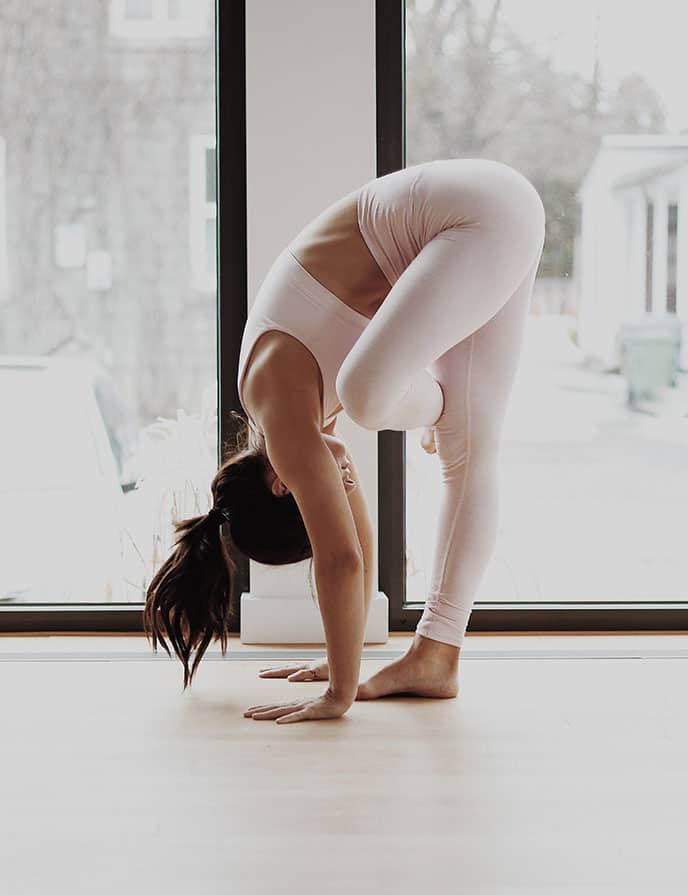Whiskey is king in India. Or is it? Covid has forced India’s whiskey drinkers to look at other libations.
“Covid has been kind to the wine industry in India,” says sommelier Nikhil Agarwal.
Mumbai-based Agarwal runs All Things Nice, a platform that consults, distributes and partners with industry bodies – his firm brought Prowein to Mumbai, for instance. His reasons for why the Indian consumer is reaching for wine over whiskey has to do with one thing: staying home.
“Let’s face it – all of us have been drinking more at home and who wants to have whiskey breath at 5pm?” he says. “So people are switching to wine, at least in the early part of the evening or even for a couple of days a week because it is perceived as healthier for the liver.”
Currently valued at $150 million, India’s wine market is expected to grow at close to 30 percent year-on-year according to a recent report from Technavio. The reason for this explosive growth is a confluence of factors. Unlike, say, Japan, India has a young population with some 485 million consumers at or above drinking age. Wine penetration is currently among the lowest in the world with some 2 to 3 million consumers drinking a minuscule 24 million liters annually, according to a government report. For wine consumption, there seems to be no way to go except up.
All this is new for a country that swears by its whiskey and rum. Most Indians grow up drinking Old Monk rum and then switch to blended or single-malt whiskeys. Today though, the whiskey drinker is looking for options.
“Change is coming,” says Uma Chigurupati, who founded Krsma Estates with her husband in 2008. “Young people travel abroad and learn about the wine culture. They want to emulate it back home in India.”
A growing number of local wine producers are gearing up to take advantage of these young Indians who reach for a glass of wine. Last year, Sula, India’s largest wine producer, launched a pocket-friendly, low-alcohol (8 percent ABV), wine-in-a-can, the Dia sparkler, aimed at new and young wine drinkers. “Drinking at home has made Indians more adventurous,” says Gregoire Verdin, global brand ambassador of Sula. “During Covid, imported wines were hard to get and so Indians rediscovered Indian wine.”
Whiskey has always been king in India, but Covid sparked changes in this huge, untapped market.
Women are the main driver behind rising interest in wine in India.
Women are the main driver behind rising interest in wine in India.

Building a culture
For a long time, India’s wine culture was non-existent and its wine could be best described as plonk. With names such as Golconda made from grapes such as Bangalore Blue, Indian wine basically took the enamel off your teeth. No wonder the country turned to whiskey, which for decades reigned supreme.
In 1984, a failed engineer named Shamrao Chougale began the somewhat pretentiously named Chateau Indage, and laid the foundation for India’s wine industry. Down south outside Bangalore, Kanwal Grover began Grover Zampa Vineyards in 1988. It is now the second-largest wine label in India, after Sula. Today there are more than 110 wine labels in India, mostly in Maharashtra and Karnataka.
“India, without question, is the El Dorado of the wine world thanks to a huge aspirational middle class that is fluent in English and therefore can read up about wine,” says distributor Sanjay Menon of Sonarys. “That said, given that a lot of people still consume alcohol as a pre-dinner piss-up, this thing of the host saying: ‘What will you drink, whiskey or wine?’ may still persist.”
Part of the problem is India’s crushing import duties which are 150 percent for wine and port. That may change soon, thanks to lobbying by industrial bodies, and Australia has gained first-mover advantage. Last April, India and Australia signed an agreement with a preferential tariff agreement for premium wines. No doubt the US, Europe and other nations will follow, now that India is negotiating trade agreements with these countries.
If import duties come down, then the wine floodgates will really open in India. As Shailendra Pai who owns boutique winery, Vallonné says: “From being an alcoholic beverage that was alien to us, wine has now become mainstream. At Vallonné, we often see families where people drink wine with their parents and grandparents. It’s heartening to see how a lot of elderly people are being introduced to wine by their middle-aged children or younger grandchildren. And we are increasingly seeing this in the past five years or so.”
Wine may be an old culture but it is – quixotically– a young person’s drink in India. People associate whiskey with the dads and granddads (still an all-male drinking culture in India), but perhaps the greatest change may come from an unexpected quarter: women. Says Krsma’s Chigurupati: “People used to buy wine for gifting, but now, with more women drinking, they prefer wine to whiskey.”




It is surprising. I was an avid whiskey drinker. One large Whiskey before dinner. However for some unknown reason, I have now become a wine drinker. Two glasses of 180 ml each before and with dinner. Though I haven’t learnt the intricacies of pairing wine and food, my general choice is Red Wine with Indian food and Dry White wine with Pasta, Fish(Cooked in Continental Style) and other continental food.